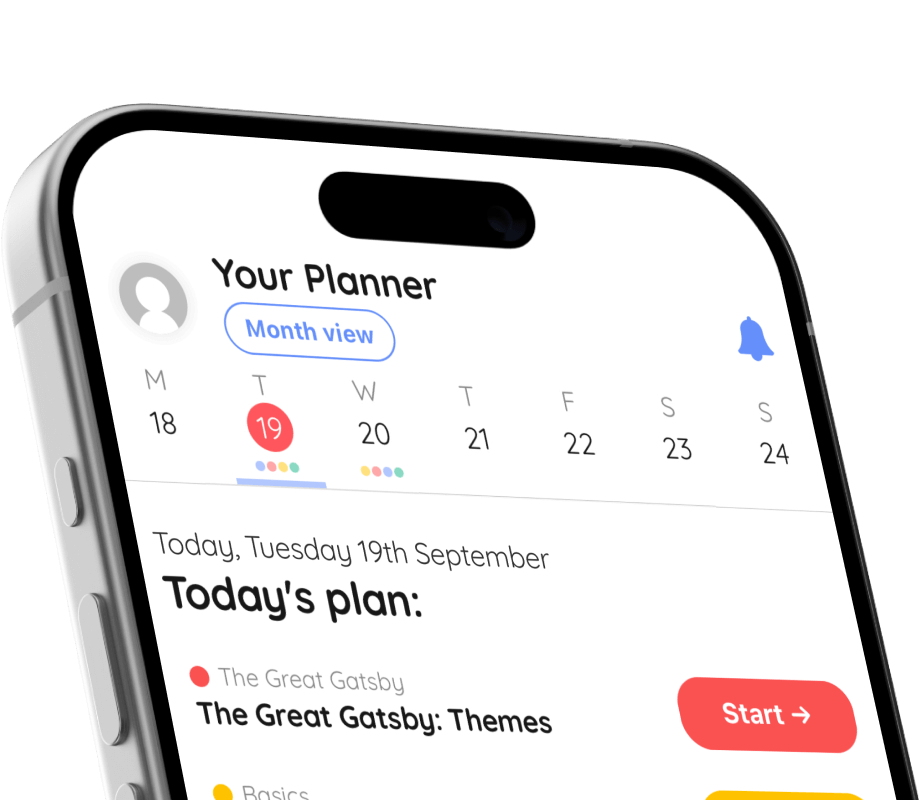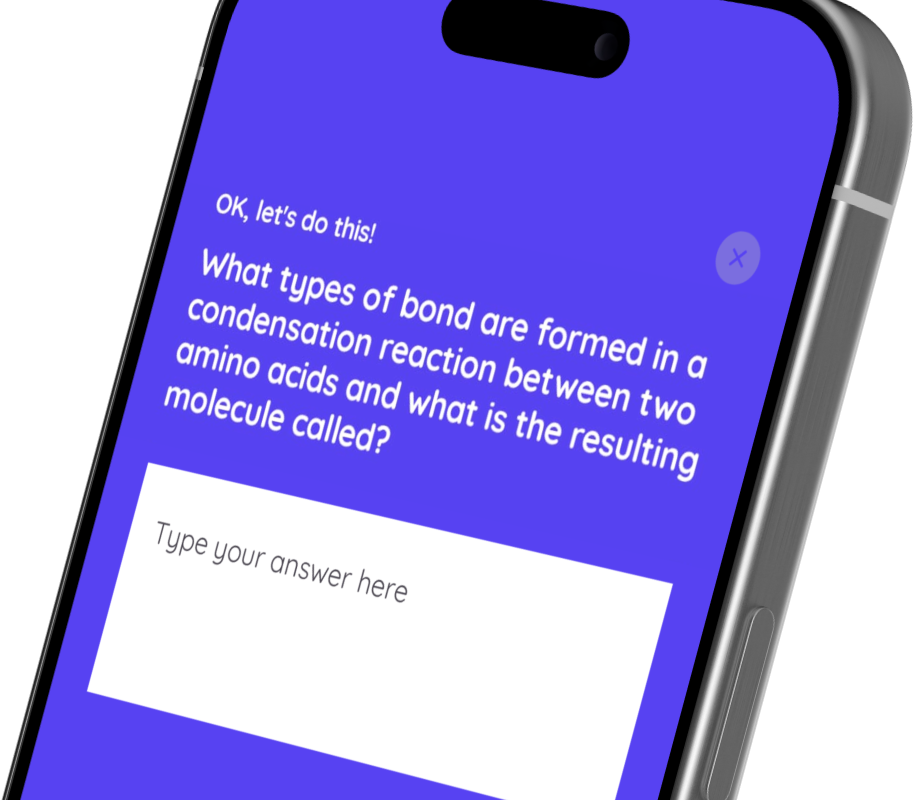Biology (Triple)
Cell Biology
Cell Biology: Cells
🤓 Study
📖 Quiz
Play audio lesson
Cell Biology: Cells
1. Basics of Cells:
- All living organisms are composed of cells.
- Cell is considered as the basic unit of life.
2. Types of Cells:
- There are two main types of cells: prokaryotic and eukaryotic.
- Prokaryotic cells do not have a nucleus or membrane-bound organelles. Bacteria are typical examples.
- Eukaryotic cells have a nucleus and membrane-bound organelles. Animals and plants are composed of eukaryotic cells.
3. Parts of a Eukaryotic Cell:
- Key parts of a eukaryotic cell include nucleus, cytoplasm, cell membrane, mitochondria and ribosomes.
- The nucleus controls the activities of the cell and contains genetic material.
- The cytoplasm is a gel-like substance where most of the chemical reactions occur.
- The cell membrane is responsible for controlling the passage of substances into and out of the cell.
- Mitochondria are the site of aerobic respiration and where most energy is released.
- Ribosomes are the site of protein synthesis.
4. Plant Cells and Animal Cells:
- In addition to all the parts present in an animal cell, a plant cell also has cell wall, chloroplasts and a permanent vacuole.
- Chloroplasts are where photosynthesis occurs.
- The cell wall provides added strength and support to the cell.
- Permanent vacuole contains cell sap, a weak solution of sugar and salts.
5. Specialised Cells:
- Cells may be specialised to carry out a particular function.
- Examples include sperm cells, nerve cells and root hair cells in plants.
6. Microscopy:
- Light microscopes allow us to see the cells and large organelles like nuclei.
- Electron microscopes have much higher resolution and magnification so smaller details, like ribosomes and plasmids, can be seen.
7. Cell division and Differentiation:
- Cells divide in a series of stages called the cell cycle.
- During the cell cycle, the genetic material is duplicated and then divided into two new cells.
- In mature animals, cell division is mainly used for repair and replacement.
- In plants, cells retain the ability to differentiate throughout life.
- Differentiation is the process by which a cell changes to become specialised for its job.





